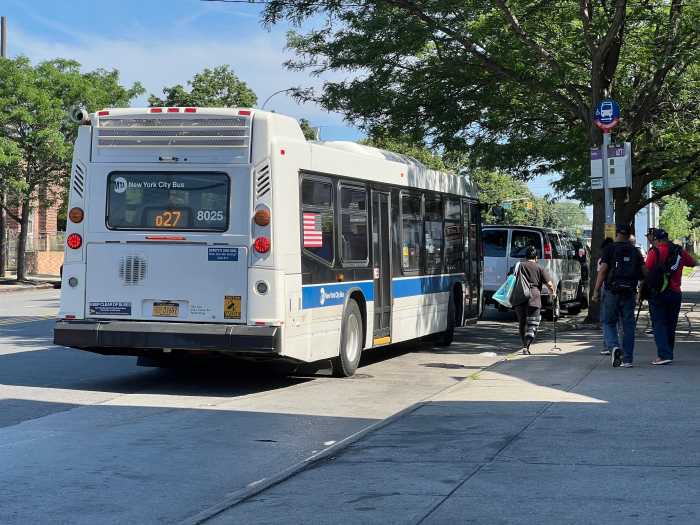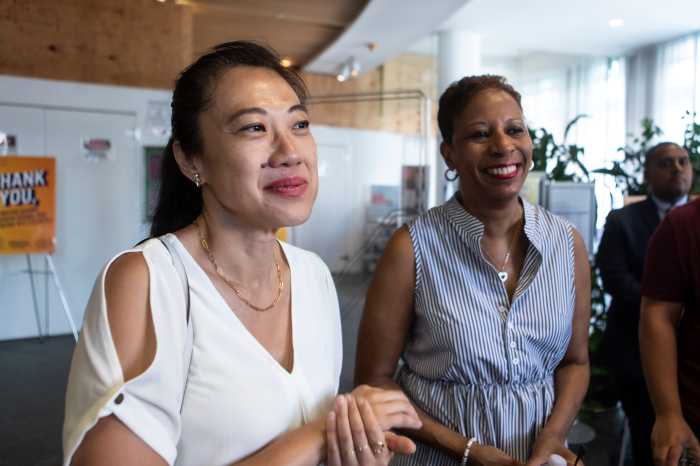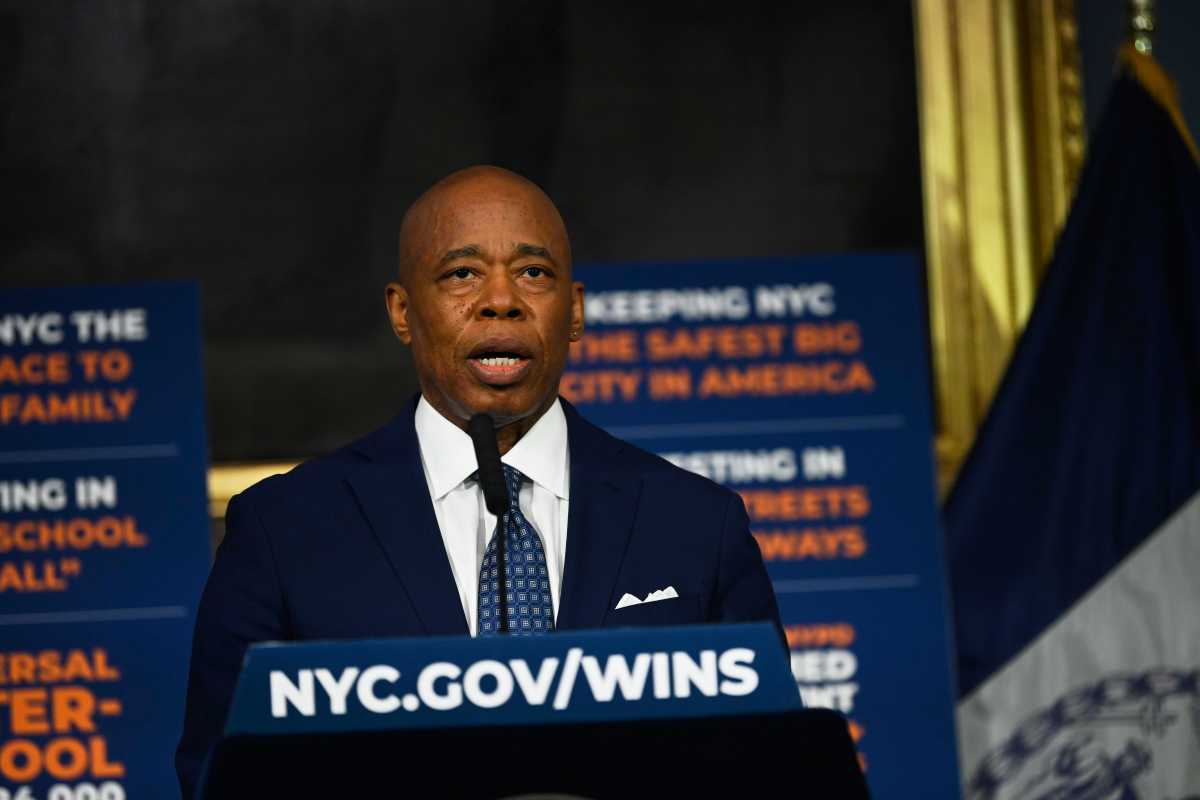By Rory Lancman
The right to a speedy trial is expressly embodied in the U.S. Constitution, with the Sixth Amendment stating “the accused shall enjoy the right to a speedy and public trial.” But no one familiar with our criminal court, where misdemeanors and petty offenses are heard, can honestly think that this right is being honored today.
Of the 127,000 cases that continued past arraignment in 2014, resolution takes an average of 140 days, far longer than the maximum 90 days that New York’s speedy trial rule requires. And it took an average 571 days for defendants who wanted to take their case all the way to a jury trial—up 36 percent since 2011.
These delays cost taxpayers millions of dollars, as many defendants sit on Rikers unable to make bail. Prosecutors, defense counsel, defendants and victims are forced to make repeated needless and unproductive court appearances, further stretching the thin resources of judges and court personnel. The strain of a court case, and the hassle of appearing in court over and over again, tires everyone out, leading to distorted outcomes as memories of victims, witnesses and defendants fade away. Defendants and victims stop hoping for justice and instead surrender to the system, accepting closure over truth.
The problem is particularly acute in Queens.
I chair the City Council’s committee on Courts & Legal Services, and we recently held a hearing on the speedy trial crisis in our criminal court. We heard testimony from district attorneys, the defense bar and the mayor’s office. One thing is clear: Queens is getting the short end of the stick. Queens has only one part-time trial part, while Manhattan has several. In July 2015, the Queens DA began keeping track of what they call the “parts not available” statistic—essentially, when prosecutors and defense counsel are ready to go to trial, but there are no court parts available. Shockingly, 64 percent of the cases where both parties were ready for trial had to be adjourned because there were no trial parts available.
This is partially because of how we allocate judges. Although there are 107 mayorally appointed criminal court judges, there are only 73 judges actually sitting in criminal court. Manhattan, with only 16 percent more misdemeanor cases than Queens, has 61 percent more judges sitting in criminal court (21 vs. 13). As a consequence, Manhattan has several judges available to hear misdemeanor trials, while Queens has only one. Last year, Queens was able to process only nine misdemeanor trials! Even when there are judges, shortages of court officers and courtrooms sometimes means a case can’t proceed, leading to even further delays.
At the Courts & Legal Services hearing, it was clear that more judges and court officers are an important first step, but that there are several other issues to work on as well.
Recent collaborations among the mayor, the City Council, the police department, the courts, prosecutors and legal services providers have paved the way for improvements to our summons court and bail system, and to improving speedy trial conditions for more serious crimes in Supreme Court. Our Criminal Court, especially in Queens, deserves the same attention and its same fair share of resources.
Councilman Rory I. Lancman chairs the Committee on Courts & Legal Services and represents the 24th Council District.





































